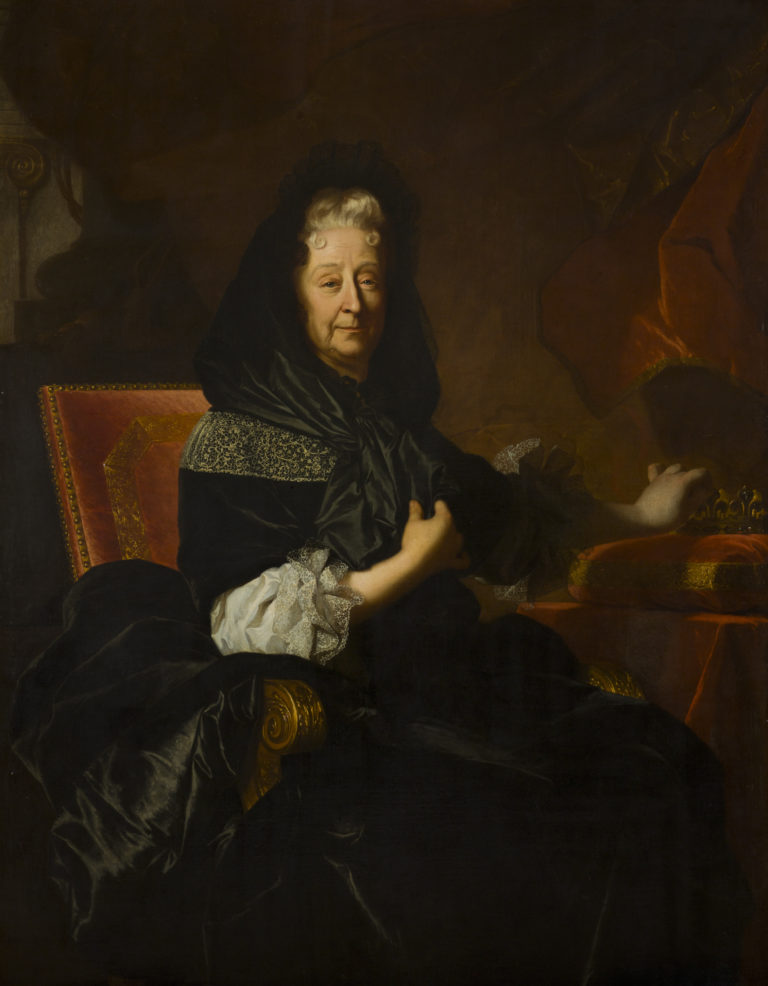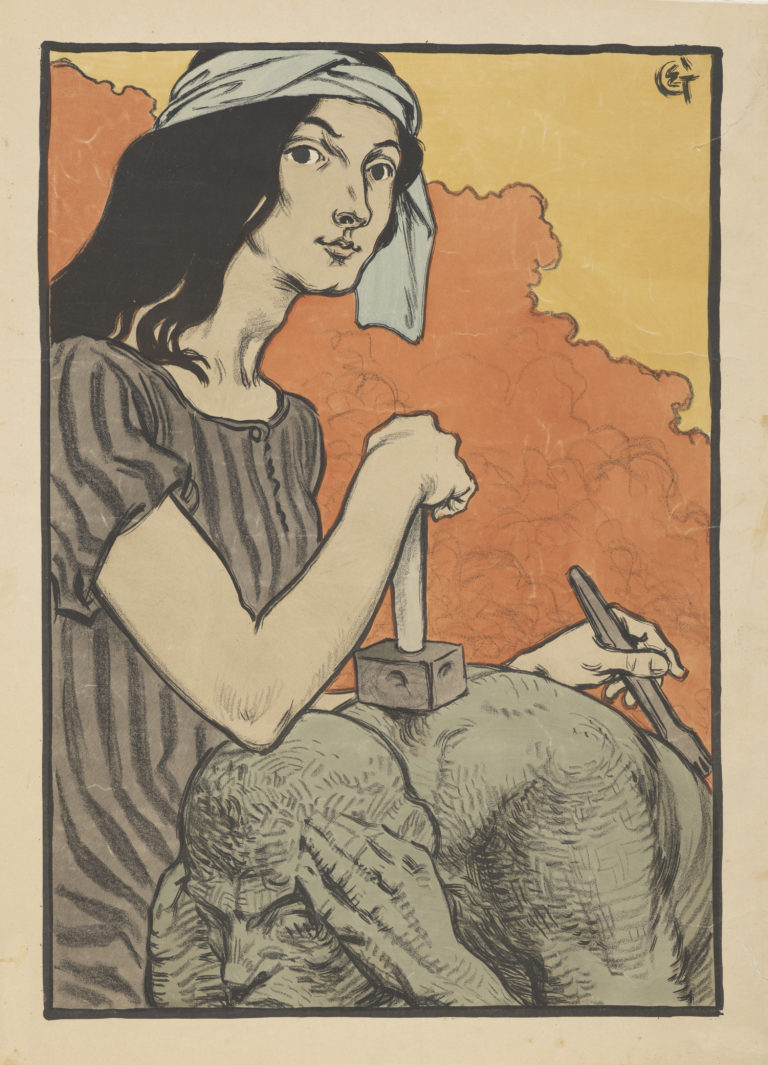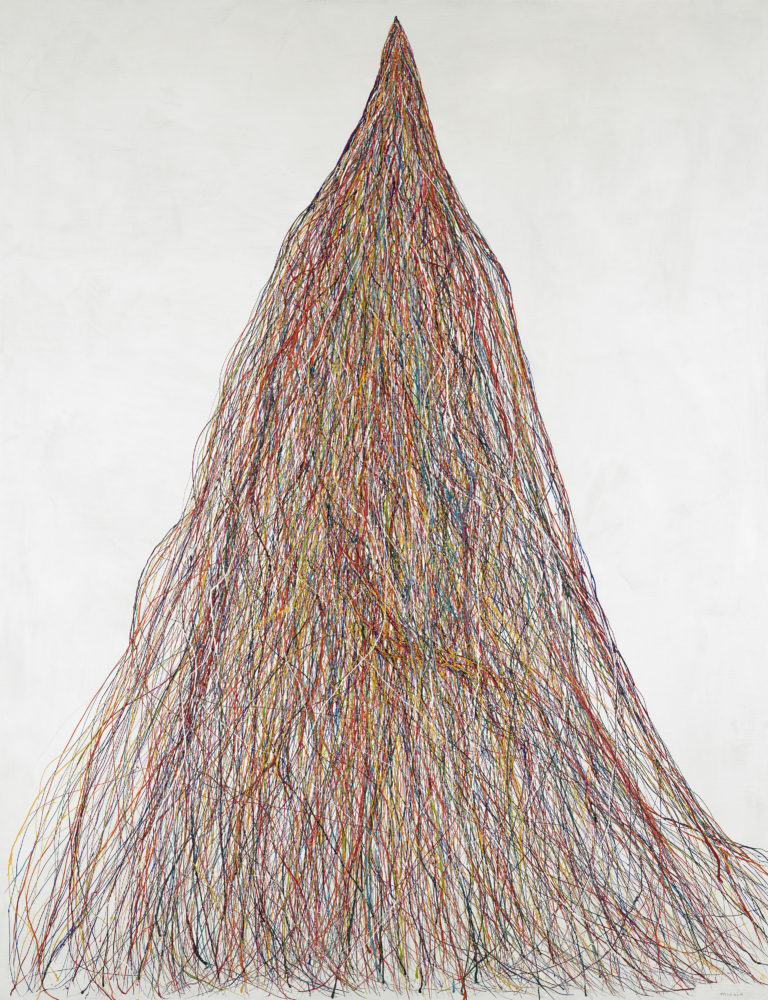Bibliography
Georges Didi-Huberman, ‘Ouvrir les temps, armer les yeux: montage, histoire, restitution,’ in Remontages du temps subi. L’Œil de l’histoire, vol. 2, Paris, Éditions de Minuit, 2010.
Antje Ehmann and Kodowo Eshun (eds.), Harun Farocki. Against what? Against whom?, exh. cat. London, Raven Row, London, König Books, 2009.
Mathias Michalka (ed.), Harun Farocki – Nebeneinander, exh. cat. Vienna, Museum Moderner Kunst Stiftung Ludwig, Cologne, Walther König, 2007.




The work of filmmaker, video artist, and photographer Harun Farocki explores with rare incisiveness the question of the image, especially the documentary image and its various devices. Born in Nový Jičín in Czechoslovakia, which at the time had been annexed by Germany, he later studied at the Deutsche Film- und Fernsehakademie in Berlin, then worked mainly as a filmmaker. He also edited the journal Filmkritik from 1974 to 1984, in which he developed an important body of theoretical work on the image.
In the video installation Vergleich über ein Drittes, the central idea is the question of work and its representation. The consequences of the processes of rationalisation and automation are interrogated through the example of the production and transformation of bricks. Farocki shows the different work processes in traditional, recently industrialised, and highly industrialised societies. Images filmed in factories in India are projected individually or side-by-side, alternating or juxtaposed with scenes shot in European factories. A linear presentation of increasingly automated production processes is followed by montages of images that blur this kind of one-sided reading. By looking for similarities and contrasts between different temporalities and geographies through the simultaneous montage of two different images, Farocki sets up a dialogue between realities that seemed distinct, while retaining the specificity of each of the contexts.
As the artist explains in a 2004 text, ‘In a double projection, there is succession and simultaneity, links from one image to the following image and to the image alongside. Links to what has been seen and to what is being seen at the same time. Imagine the three double bonds between the six carbon atoms in a benzene ring jumping back and forth – that is how ambiguous I imagine the links to be between one element in an image sequence and the one after or beside it.’